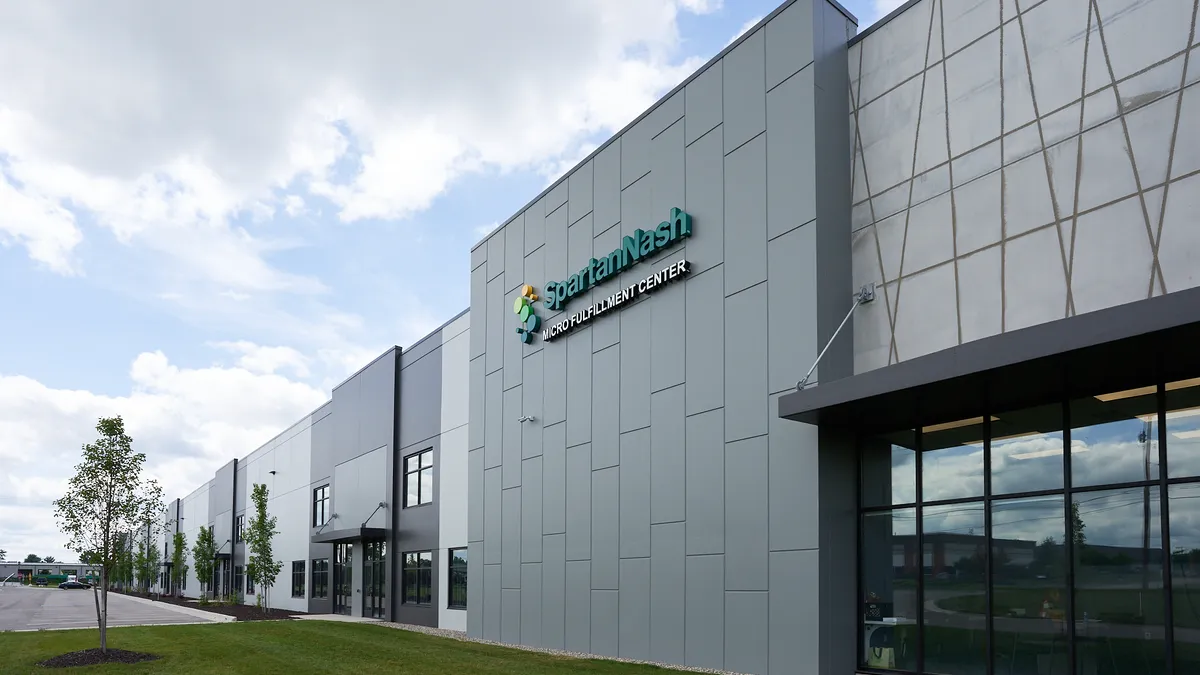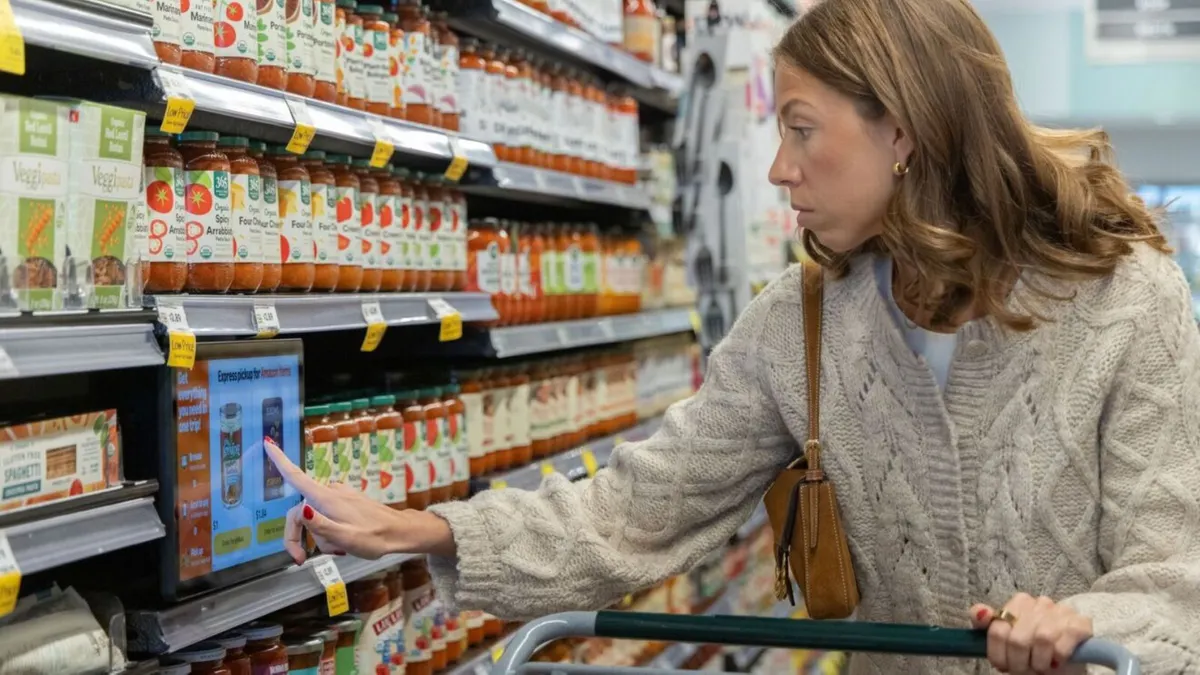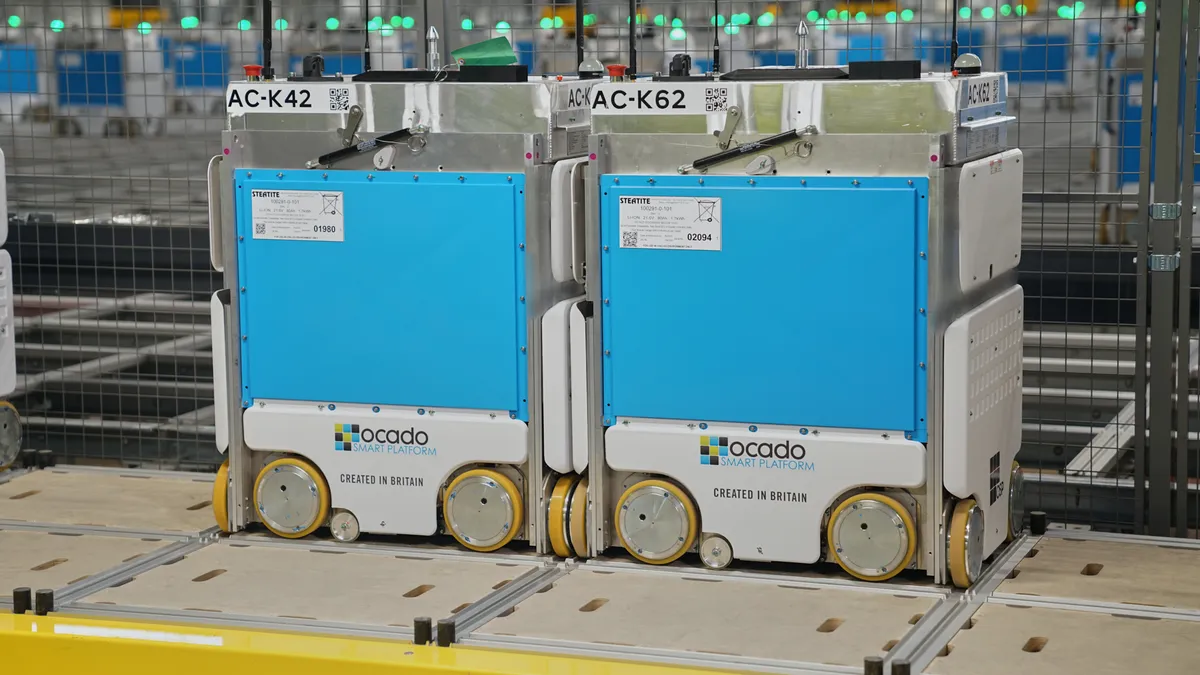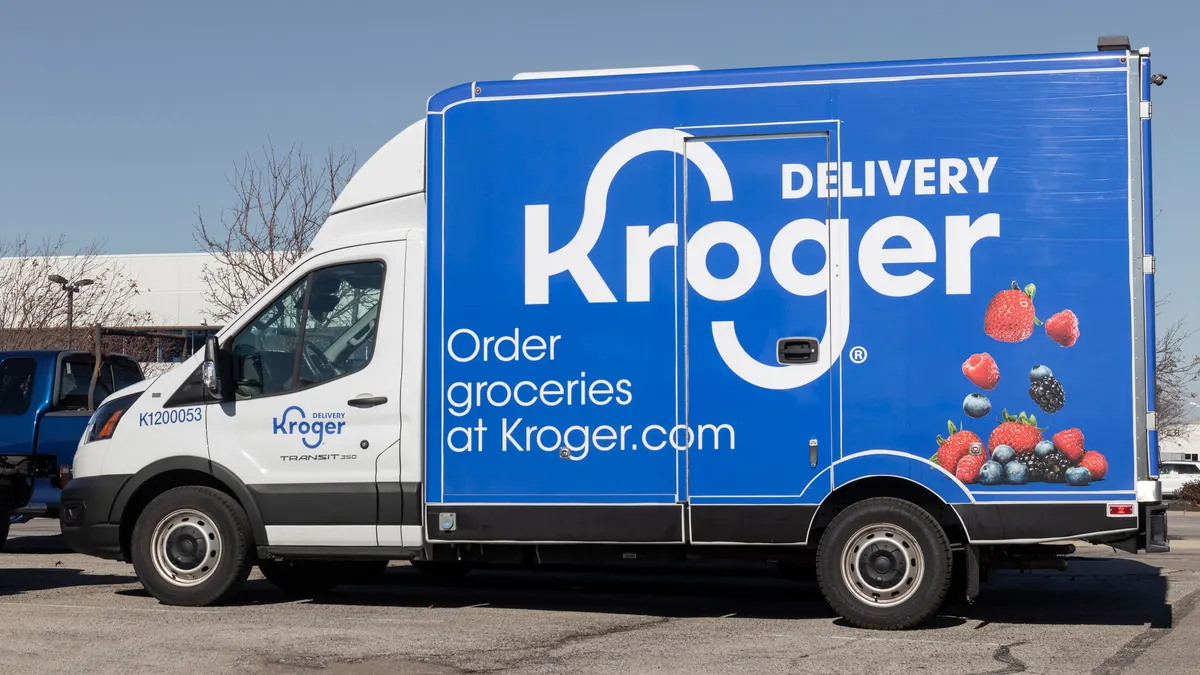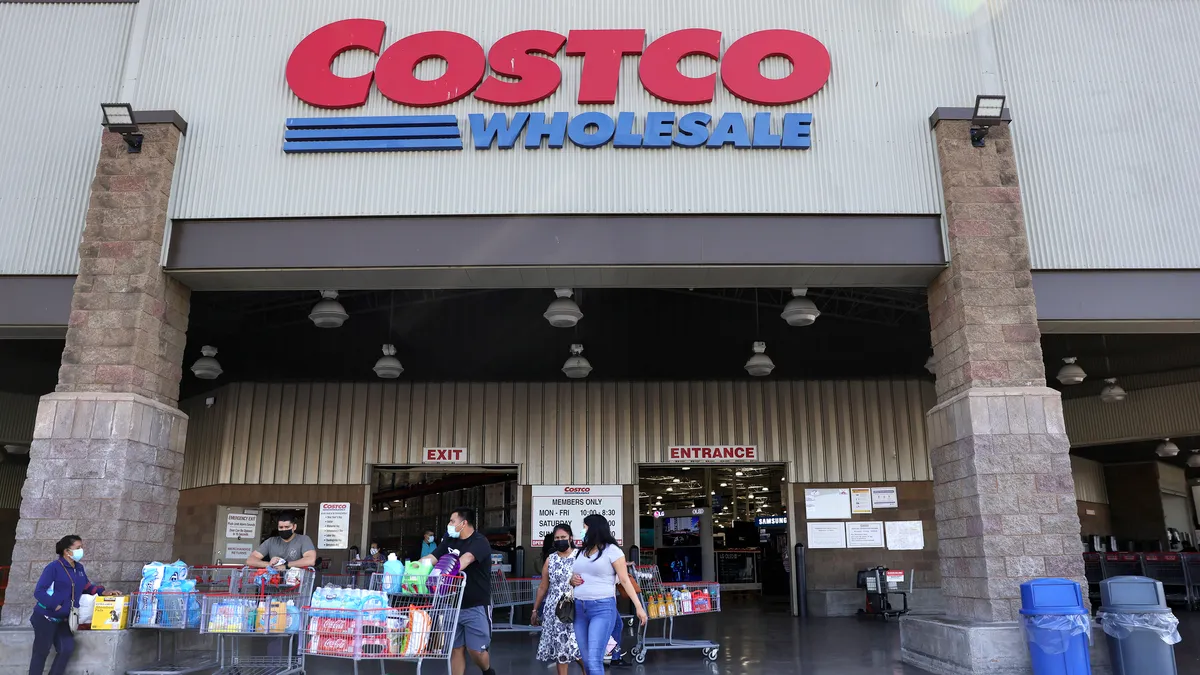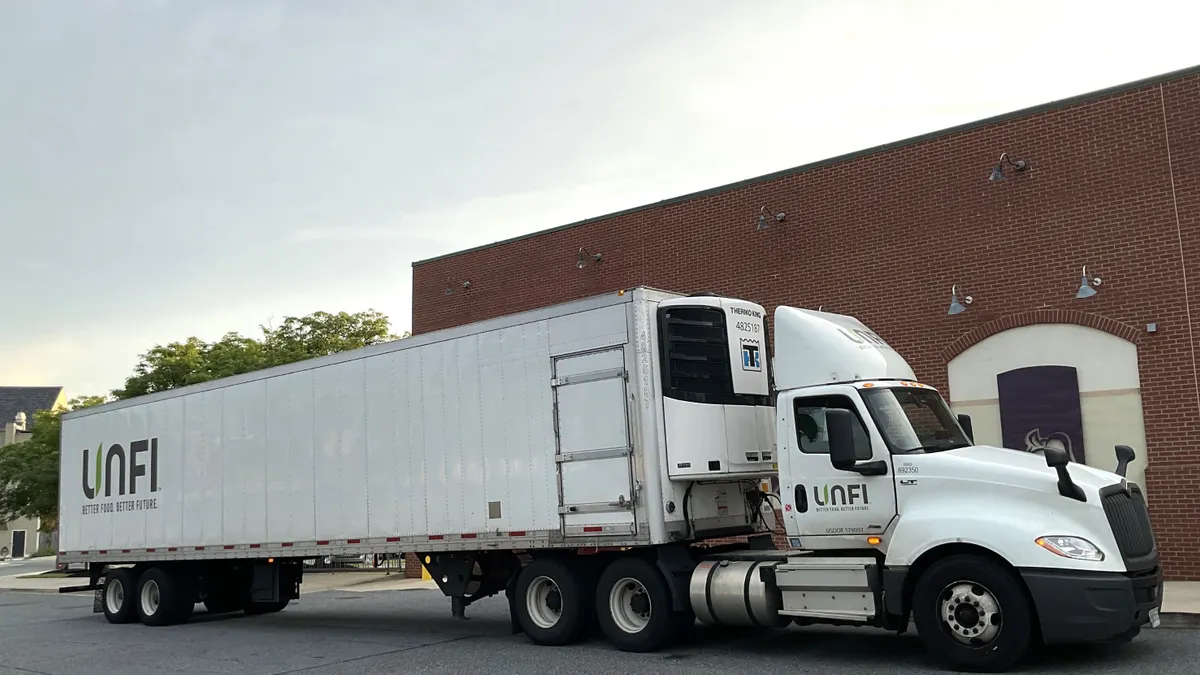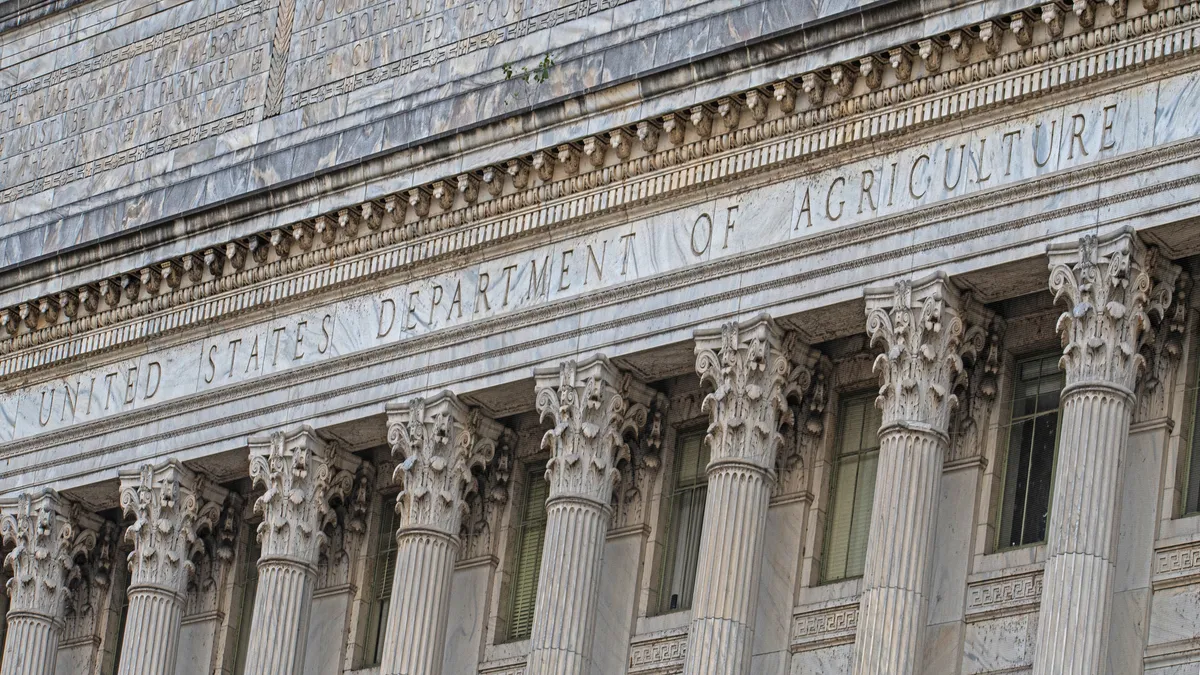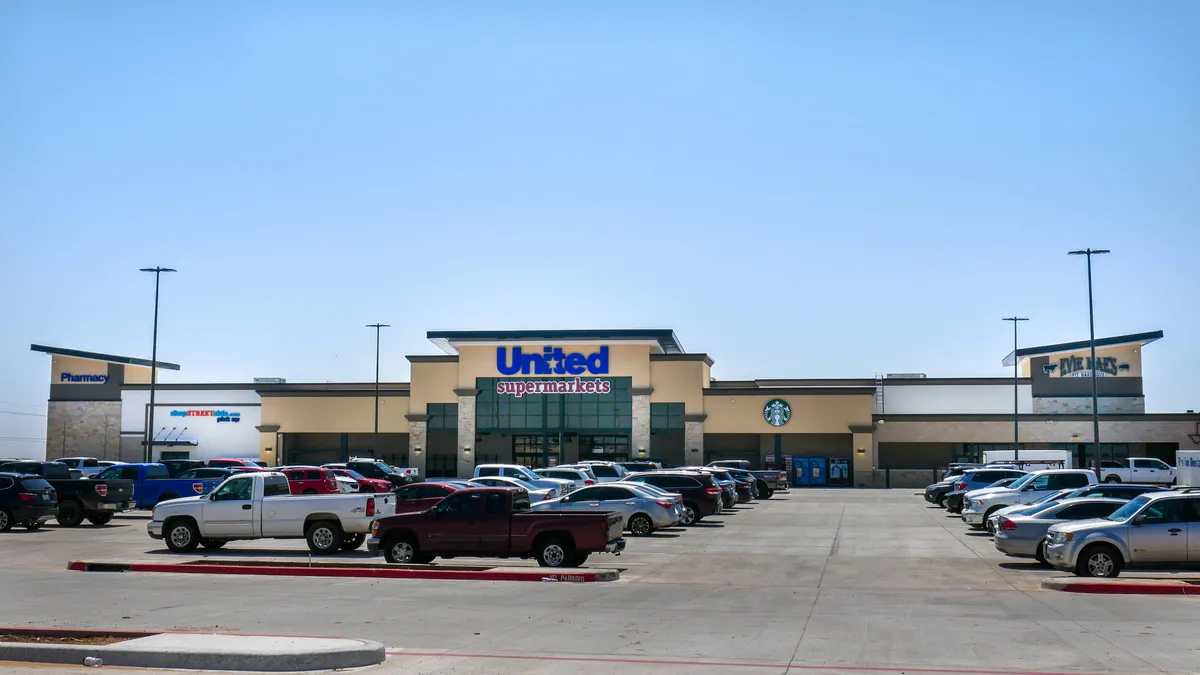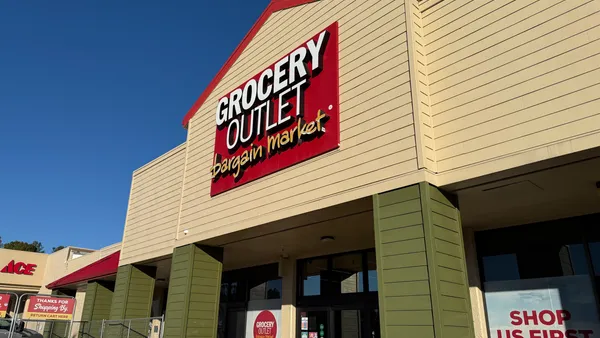Number Sense is a regular column that uses data to help understand the grocery landscape.
A fascinating trend is unfolding at SpartanNash: Even though the grocery solutions company continues to derive the lion’s share of its revenue from its wholesale operations, it is becoming increasingly dependent on its retail segment to deliver sales momentum.
For four straight quarters, SpartanNash’s retail banners have delivered improved sales, with that part of the company’s business pushing out of negative growth territory during the third quarter of fiscal 2024 for the first time since mid-2023, when inflation was still filling the grocery industry’s sails.
Sales for SpartanNash’s retail segment were even better during the fourth quarter of fiscal 2024, soaring nearly 8%. That performance was so good, in fact, that it enabled SpartanNash to squeak to a small overall sales gain even though the company’s wholesale business contracted.
During those same four quarters, SpartanNash’s wholesale operations — which accounted for 70% of its approximately $9.5 billion in overall sales in 2024 — have remained underwater. Sales for the company’s wholesale division sagged 2.1% during the fourth quarter of 2024, compared with a 1.6% decline during Q3 and almost 5% in Q2.
SpartanNash's retail sales are rising as its wholesale segment stays underwater
So what explains this storyline?
As Wall Street analysts who follow the supermarket industry have pointed out to me, there’s a natural synergy between retail and wholesale in the grocery sector. Food retailers benefit when they have more control over their supply chain, which can help them save money on transportation and logistics, maintain product freshness and generally improve efficiency. And by the same token, it can be helpful for wholesalers to own retail chains that they service, because they don’t have to worry about losing those customers to competitors.
Bringing distribution in-house is a logical step for grocers as they grow larger. Ahold Delhaize, for example, has moved to a self-distribution model over the past few years for its five grocery banners in the U.S. Sprouts Farmers Market, meanwhile, told investors recently that it is getting ready to self-distribute fresh meat and seafood, while Dollar General in recent years has developed an internal distribution program called DG Fresh to give it greater control of frozen and refrigerated items.
On the other hand, companies with deep roots as grocery wholesalers, like SpartanNash, C&S Wholesale Grocers and United Natural Foods, Inc., have sought to strengthen their operations by deepening their presence in the retail space.
C&S tried to augment its retail operations through an agreement to buy almost 600 grocery stores that Kroger and Albertsons planned to divest through their ultimately unsuccessful effort to merge. After that arrangement fell through, C&S joined other investors to buy 170 Winn-Dixie and Harveys Supermarket stores and Winn-Dixie’s liquor store business from Aldi.
UNFI initially moved to sell off or close the supermarkets it acquired when it bought grocery store operator Supervalu in 2018, but decided to hold onto the retail locations it still had when the COVID-19 pandemic brought a surge of business to grocery store operators.
SpartanNash’s retail moves
Of course, despite the obvious connections between controlling the flow of groceries to retail locations and operating grocery stores, having expertise in one of those areas doesn’t guarantee success in the other.
“Wholesalers sometimes just don’t understand retail. It’s a whole different skill set. It’s about merchandising. It’s about end caps. It’s about customer service,” Scott Mushkin, a veteran grocery industry analyst who is CEO of R5 Capital, told me. “Everyone thinks running a grocery store has got to be pretty easy … [but] there are very few people that do a really great job” of doing so.
Indeed, SpartanNash has been taking steps to bolster its ability to operate grocery stores while it expands its presence as a retailer.
In 2024, the Michigan-based company acquired regional grocery chains Metcalfe’s Market and Fresh Encounter as well as Markham Enterprises, a convenience store and fuel station operator. This year, however, SpartanNash said it would close four supermarkets, underscoring the challenges that come with being a food retailer.
SpartanNash now runs almost 200 grocery stores as well as several dozen pharmacies with convenience stores and gas stations in addition to distributing groceries to over 2,300 independent retailers across the U.S.
Late last year, the company brought on a new chief retail officer with experience at Kroger and Target. Last month, SpartanNash hired Jay Mahabir, who previously worked for grocery and superstore operator Meijer, to serve as vice president of retail operations. And, this week, SpartanNash announced it has brought on Matt Plumb, a former category head at Kraft Heinz, to lead the grocery company’s efforts to distinguish its retail banners as its first vice president of marketing for retail banners.
SpartanNash’s effort to boost sales by delving deeper into retail reflects the stark reality that grocery wholesalers depend heavily on other companies’ success, Muskin pointed out. “They’re not necessarily buying retailers that they don’t service. The number one motivation is not losing a wholesale customer, because [if] the retail asset is sold, that distribution goes someplace else.”
Beyond helping wholesalers diversify their revenue streams, adding retail stores could help wholesalers like SpartanNash hedge their bets should more retailers opt to handle part or all of their distribution activities on their own, Arun Sundaram, senior vice president of equity research for CFRA Research, told me.
“They’re middlemen, and for a lot of companies, if you cut out the middleman, you tend to save money,” Sundaram said.


